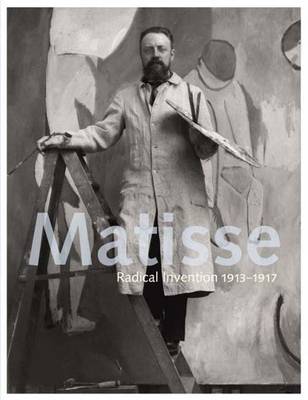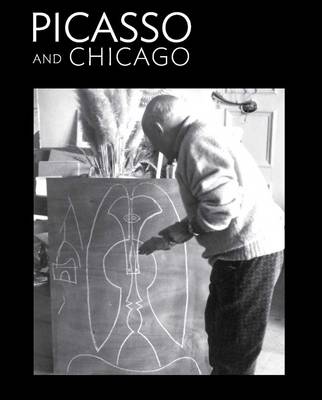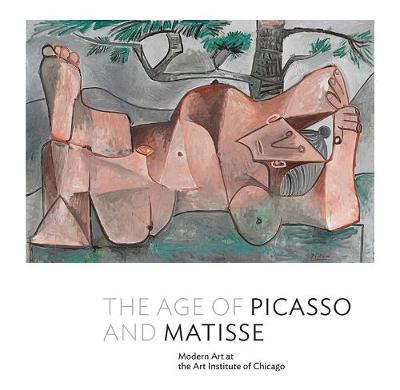Art Institute of Chicago
3 total works
The works that Henri Matisse (1869-1954) executed between late 1913 and 1917 are among his most demanding, experimental, and enigmatic. Often sharply composed, heavily reworked, and dominated by the colours black and gray, these compositions are rigorously abstracted and purged of nearly all descriptive detail. Although they have typically been treated as unrelated to one another, as aberrations within the artist's oeuvre, or as singular responses to Cubism or World War I, "Matisse: Radical Invention, 1913-1917" reveals the deep connections among them and their critical role in an ambitious, cohesive project that took the act of creation itself as its main focus. This book represents the first sustained examination of Matisse's output from this important period, revealing fascinating information about his working method, experimental techniques, and compositional choices uncovered through extensive new historical, technical, and scientific research. The lavishly illustrated volume is published to accompany a major exhibition consisting of approximately 125 paintings, sculptures, drawings, and prints.
It features in-depth studies of individual works such as "Bathers by a River" and "The Moroccans", which Matisse himself counted as among the most pivotal of his career, and facilitates a greater understanding of the artist's innovative process and radical stylistic evolution.
It features in-depth studies of individual works such as "Bathers by a River" and "The Moroccans", which Matisse himself counted as among the most pivotal of his career, and facilitates a greater understanding of the artist's innovative process and radical stylistic evolution.
The Art Institute of Chicago was the first American museum to exhibit works by Pablo Picasso (1881-1973) when it hosted the Armory Show in February 1913. Published to commemorate this landmark event in the history of avant-garde European Art, Picasso and Chicago will also accompany the Art Institute's first large-scale Picasso exhibition in almost 30 years. This handsome catalogue presents one hundred of Picasso's finest works, including "Mother and Child" (1921), "Head of a Woman (Fernande)" (1909), "Woman Washing Her Feet" (1944), and "The Frugal Meal" (1904). The artworks survey Picasso's extensive material experimentations, and subjects that are emblematic of the artist, including the emotive individuals of his Blue and Rose periods, the faceted faces and still-life objects of his Cubist years, and the monumental personages from his post-World War II production. An illustrated chronology documents notable exhibitions and acquisitions and outlines Picasso's varied contributions to a city that has enthusiastically collected his art for the past century.
The Art Institute of Chicago’s opportunity to host the International Exhibition of Modern Art, better known as the Armory Show, in 1913 set a radical new course for modern and contemporary art in the United States. This monumental exhibition introduced audiences to some of the greatest avant-garde artists working in Europe, and forever changed the aesthetic landscape for artists, critics, collectors, and arts institutions.
This fascinating publication brings together over 130 masterpieces from the Art Institute, which holds one of the finest collections of modern art in North America. Following an introductory essay by Stephanie D’Alessandro on the history of collecting modern art at the Art Institute, the masterworks of the museum’s collection are presented in discrete sections devoted to important movements such as Expressionism, Cubism, Dada, Abstraction, and Surrealism, and to individual artists such as Brâncusi, Chagall, Kandinsky, Léger, Matisse, and Picasso, as well as the remarkable American artist Joseph Cornell.
Distributed for The Art Institute of Chicago
This fascinating publication brings together over 130 masterpieces from the Art Institute, which holds one of the finest collections of modern art in North America. Following an introductory essay by Stephanie D’Alessandro on the history of collecting modern art at the Art Institute, the masterworks of the museum’s collection are presented in discrete sections devoted to important movements such as Expressionism, Cubism, Dada, Abstraction, and Surrealism, and to individual artists such as Brâncusi, Chagall, Kandinsky, Léger, Matisse, and Picasso, as well as the remarkable American artist Joseph Cornell.
Distributed for The Art Institute of Chicago


